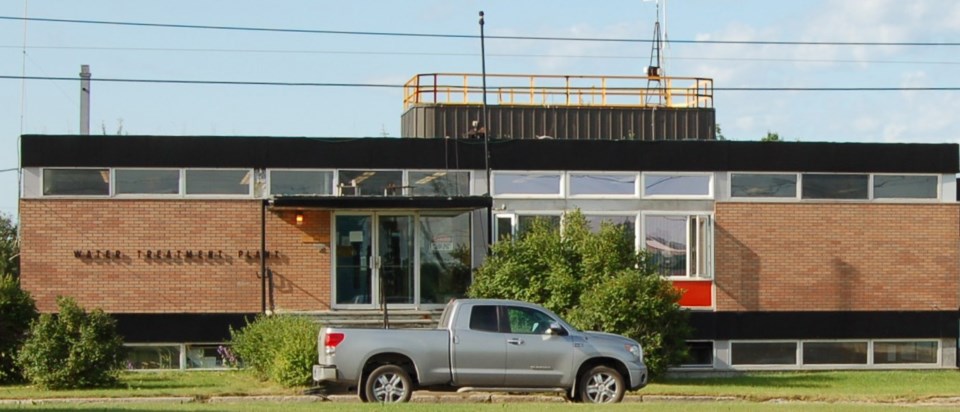What went wrong with Vale Inco's water treatment plant on Burntwood Road that it left City of Thompson residents under a boil water advisory without drinking water from their taps for almost a week?
On Aug. 12 - the day before the boil water advisories were issued for both the City of Thompson and Vale Inco - the company, which owns and operates the city's water treatment plant as a requirement of the 1956 founding agreement and its original mining and processing licence more than 50 years ago, was "undertaking some routine maintenance at the Thompson water treatment plant that included the installation of some new valves and the welding of some of the water pipelines, as well we were doing electrical work on the power lines that supply electricity to the plant, and this work required us to switch off the regular power to the plant," said David Markham, manager of corporate affairs for Vale Inco here.
The requirements for the operation of the Thompson treatment plan are governed by the Manitoba Drinking Water Act and the associated water quality regulation, as are all water treatment plants in Manitoba.
"All of the systems in the water plant were shut down, and water to the community was supplied from the reservoir. Electrical maintenance on the electrical supply poles and wires required us to switch to backup Manitoba Hydro power. All equipment must be shut off to allow this to happen," he said.
"Repairs were still being undertaken to the plant at the time the power was restored. When the plant was restarted, approximately 40 per cent of its treatment plant was isolated due to physical pipe repair on a line that is common with the main plant," said Markham.
"The restart occurred on what happened to be one of the hottest days of the year so water demand was high and the equipment to produce it was restricted. This combination overwhelmed our ability to produce adequate water quality. The repairs that were undertaken can only be done by the methods employed. Summer shutdown is typically a low water use time and the best possible time to undertake this work. The work was preventative maintenance to the plant to ensure that it could operate without disruption," he said.
"When the power was restored we noticed that the treatment process was upset and this resulted in a less sufficient cleaning process for the water."Markham said Vale Inco has to monitor the water treatment plan for turbidity levels of the water quality "and we were noticing that those turbidity levels were growing gradually."Markham said while he's "not an expert in water quality turbidity refers to the measurement of solid particles in drinking water. So if water has a cloudy appearance it can be assumed that it is due to higher turbidity levels. As I understand it, higher turbidity levels mean that it's less likely that chlorine that is added as part of the water treatment process will be effective at fully neutralizing any pathogens in the water."
Markham said Aug. 17 that "in the end, the repairs to the water lines were completed, the premix (early stage filtration) units were brought back on line, and turbidity started to improve immediately. No additional problems were identified."




